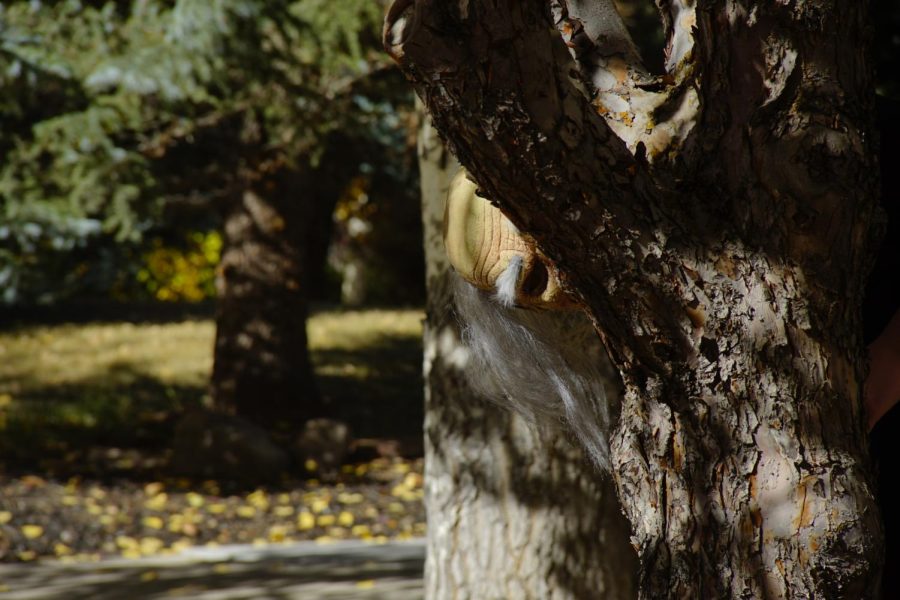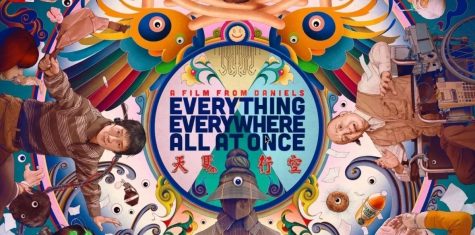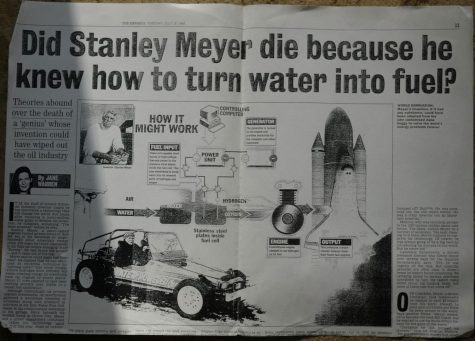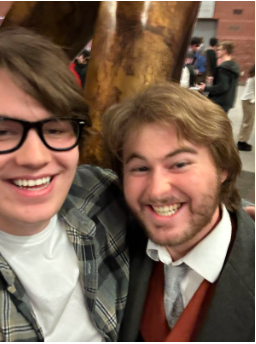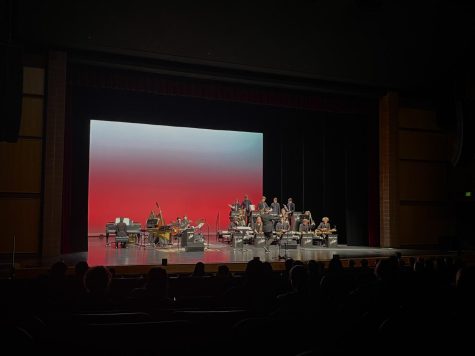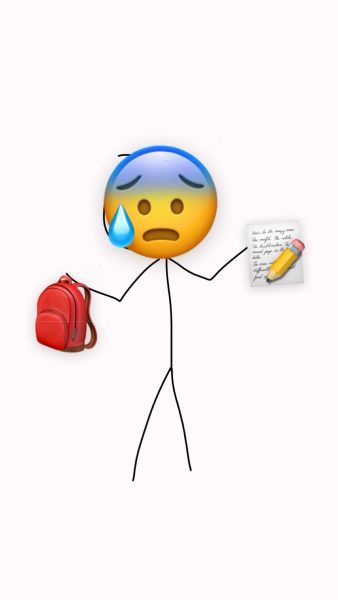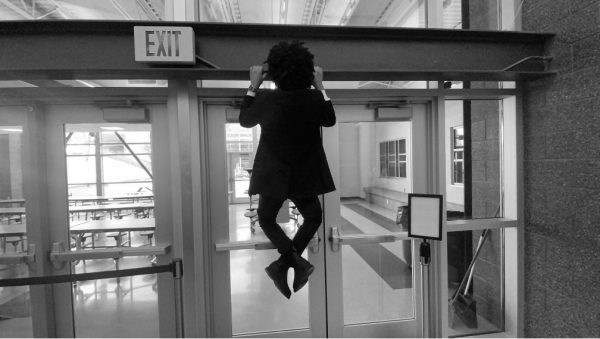Horror: Modern V. Classics
I recently had my first Pumpkin Spice Latte from Starbucks while I was working an eight-hour shift at a job I hate. It was overly sweet, and its flavor was horrendous. Of course, I am a coffee purist. I believe coffee should contain two ingredients: coffee and milk. Fifty grams of sugar—which isn’t a hyperbolic number, look it up—is an inappropriate addition to a drink that is naturally bitter. All the added sugar does is take away from what makes coffee great.
Why am I talking about, of all things, Pumpkin Spice Lattes in an article titled “Horror: Modern V. Classics”? I’m creating a comparison, which I admit is rather pretentious, where modern horror is the Pumpkin Spice Latte.
The truth of horror is that there is no movie that can actually scare an audience, and modern horror companies have realized this. Horror has become a genre of excess. This was sparked by John Carpenter’s Halloween—a film that is in no way excess—which created a subgenre of an audience that rests in the canals of horror: Kill-Counters. These people are attracted to grotesque violence in horror films and, as the name implies, count and rank the kills in horror films. Halloween is a slasher, and the appeal of slashers came from the ways that the slasher murders a victim.
This fascination can be traced to one iconic kill: Michael Meyers impossibly pinning a victim to a kitchen cupboard with a knife. It is an awesome moment, I must admit. It set the precedent for creative murder, and Hollywood recognized that audiences loved it. Friday the 13th and Nightmare on Elm Street are direct attempts to amuse that fascination with creative murder. This is when horror became excessive—that fifty grams of sugar, if you will.
Of course, there is a time and place for these sugar-filled films. I love Nightmare on Elm Street and other films like it. Sometimes I like sugar. But if I’m looking for something with substance, something that’ll give vaillant attempts to horrify me, I like my coffee bitter. The Shining (look, the film kid mentioned The Shining!) is truly scary, and not because it’s vile and violent, but because it’s abstract. It gives room for the audience to think, and that is where true horror lies: the unknown.
Look at Nightmare on Elm Street, for example. It isn’t a thoughtful film. It’s fun, it’s creepy, it’s well-written, and its violence is insanely brilliant, but it doesn’t let you think. There’s nothing in the film that’s abstract. It doesn’t give you room to think. It tells you what it is, and it does it loud. Freddy Kruger is a great villain, but he’s not scary. The film lays its cards plainly on the table, thereby making the film ten times less scary than it could be.
There is precisely one film that can be both grotesque and abstract. John Carpenter’s The Thing is one of the grossest horror films that manages to still be bitter. The film lays the world’s rules down, and it plays with them quite well. Then, at the very end, it uses those rules to throw the audience for a loop. Sure, it isn’t as poetic as The Shining, but it is what a good horror film should strive to achieve.
So what have we learned? I’m not sure. I think it’s something about filmmaking that no one cares about. You and I both know you’ll continue to watch your sugary horror movies and I will continue complaining about it. What good can a pretentious high school journalist do to sway anyone’s mind on the matter? No one reads us, anyway.
Before I leave you to your sugar, I will recommend a short list of bitter horror films to watch this Halloween. Maybe it’ll help you see what I’m saying with this article.
Misery, Silence of the Lambs, The Thing (1982), Halloween, American Psycho (no, he literally isn’t me), Se7en, Eraserhead, Blue Velvet, Apocalypse Now, 2001: A Space Odyssey, and, of course, The Shining.
And why not throw The Rocky Horror Picture Show in there. It isn’t the slightest bit scary, but the music is awesome and it’s perfect for the Halloween season.


